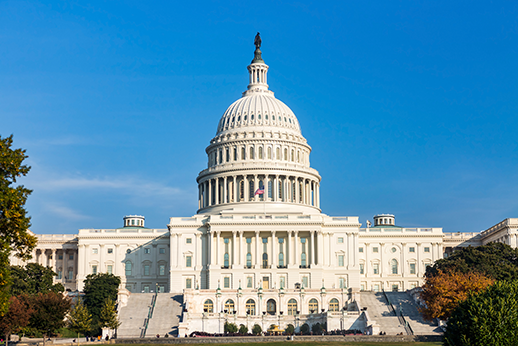
Trying to Build a Better Mousetrap – The Case of Long-Term Care Insurance
Alicia H. Munnell is a columnist for MarketWatch and senior advisor of the Center for Retirement Research at Boston College.
The prospective costs for long-term care are a big problem. First, nursing home care is really expensive for those who end up needing it. Second, the prospect of such an expense is likely to prevent people from making the best use of their meager 401(k) assets, much less tapping their home equity. Therefore, I am a big fan of products or approaches that can define and limit the magnitude of long-term costs.
It would be nice if people had access to good long-term care insurance and bought the product. But despite the fact that over one quarter of men and over two fifths of women will enter a nursing home at some point after 65 and that a semi private room costs about $80,000 a year, only about 10 percent of households purchase long-term care insurance. One reason is that low income households can get free long-term care under Medicaid. Others think – incorrectly – that nursing home care is covered under Medicare. And the products are not very attractive.
Long-term care insurance is expensive, and the provider can increase the premiums when interest rates fall. Those who, in response to higher costs, stop paying the premium lose all protection. Insurance companies don’t like this market any more than individuals; MetLife and other companies [what others?] have stopped selling the product.
My colleagues and I really like the idea of a catastrophic policy with the premiums paid up front. That is, the product would pay benefits only after the individual had paid for, say, 18 months of nursing home care – $120,000. This arrangement would change an unbounded black-hole of an expense into a known quantity. Moreover, the premium for this benefit would be relatively modest and could be paid in a single lump sum at retirement so that people would not worry about premium costs climbing age they age. The hope would be that once people felt like the understood the dimensions of their exposure to long-term care costs, they would feel more comfortable about spending their 401(k) balances and tapping their home equity.
Interestingly, the same issues have arisen in the U.K. People with very low asset holdings are protected from long-term care expenses; but people over that level have no way to protect themselves from large out-of-pocket expenditures. Private firms do not offer a product because of uncertainty about how long people will live, how much care will cost, and what technical advances might imply. The prospect of long-term care expenditures creates enormous anxiety, and people generally end up selling their house to pay for long-term care.
In response, several commissions have investigated alternatives. The Commission on Funding of Care and Support – the so-called Dilnot Commission – proposed in 2011 that the government pay all costs in excess of L35,000. ( A pound equals roughly $1.50.) This L35,000 was in addition to a bed and board component of L10,000 that individuals were expected to pay out of their pension. The Commission expressed the hope that private firms might enter the market once the government had taken the tail risk off the table. For the poor, the Commission recommended increasing the asset limit from L23,250 to L100,000.
As the Commission’s proposal weaved its way through the political process, the cap increased substantially. By 2013, the government announced plans to step in once care costs – excluding the bed-and-board component – exceeded L75,000.
I was drawn to the Dilnot proposal because it sounded like the catastrophic insurance that I think we need in the U.S. But the distribution implications of the two approaches are very different. If private companies sell a catastrophic product to upper middle class households, those who don’t end up needing nursing home care subsidize those who do – a transfer among the upper middle class. If the government covers the expense, the beneficiaries will most likely be higher income people, but this time their benefits are subsidized by all taxpayers. [The U.K. proposes to fund the program from savings on the state pension and extending a freeze on the inheritance tax, but money is fungible.]
So the search goes on.







